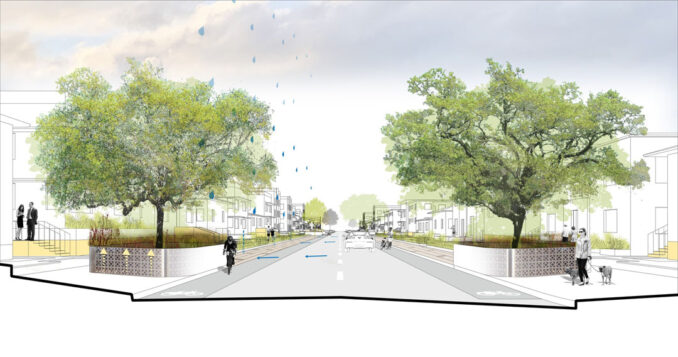
Miami Beach constitutes a thriving city and global tourist destination. Yet, the city is also one of the world’s most vulnerable. The low-lying barrier island is currently susceptible to regular flooding not just during storm events but also from sunny day flooding during high tides. Additionally, drainage issues and a porous limestone geology increase the future challenges from anticipated sea level rise.
This 2020 study provides resiliency and adaptation guidelines for the City of Miami Beach and the Preservation Board within its historic districts, addressing both cultural heritage, economic development, and the larger environment.
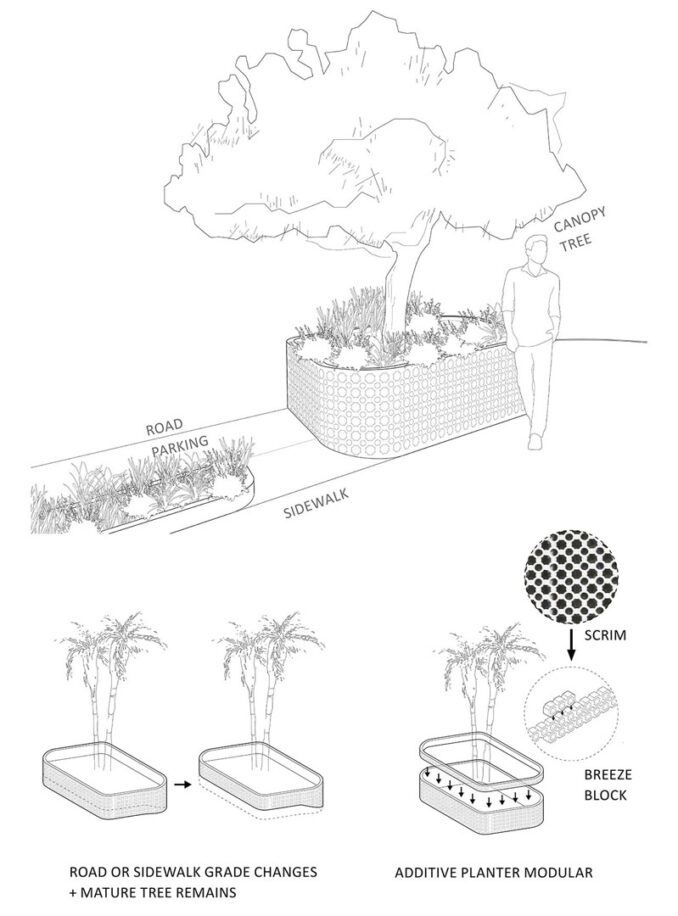
The City of Miami Beach has made the decision to adapt and is currently raising streets in response to anticipated sea level rise. However, there are limited precedents for adaptation within any historic district, not to mention historic districts as vital as those within Miami Beach. The historic districts are a major contributor to the city’s overall economy and to Miami Beach’s unique culture and identity. These guidelines are designed to inform the city and the Preservation Board for best practices for both resiliency and historic preservation, in order to ameliorate the risks to the city while keeping the landmarked districts recognizable and intact.
As the City of Miami Beach raises the roadways and the Preservation Board allows the building owners to raise their buildings, it becomes important to manage the extended transition period in order to retain neighborhood character.
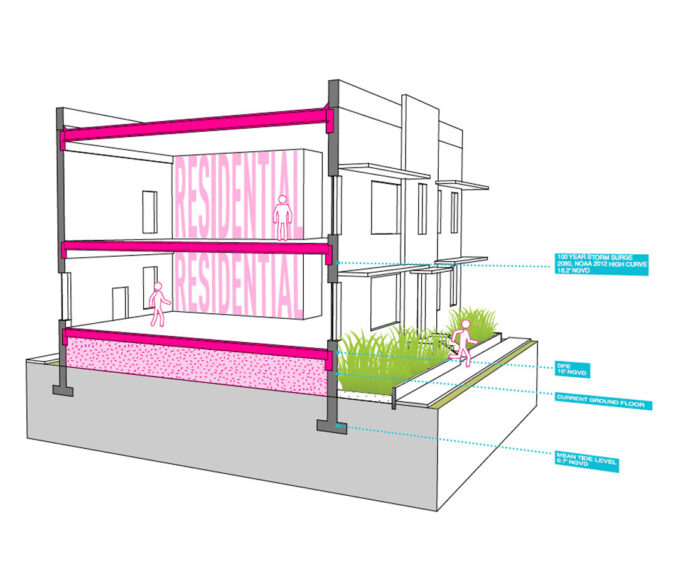
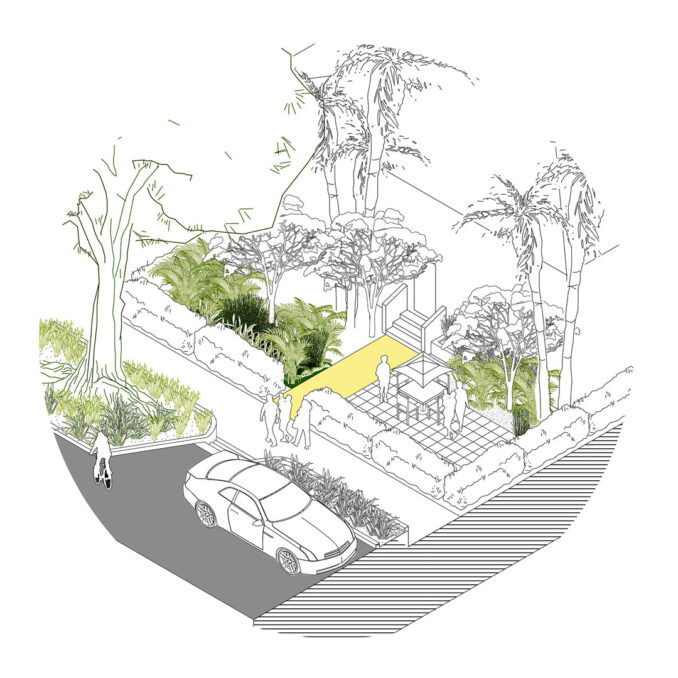
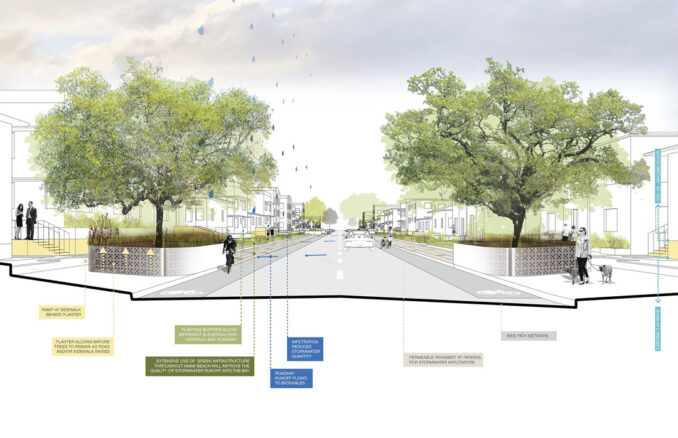
This work was completed by the team while at DLANDstudio. In 2022, DLANDstudio, an award-winning design firm, joined Sasaki to collectively tackle 21st century design challenges.
Buoyant City Miami Resiliency
Images Credit: Sasaki
